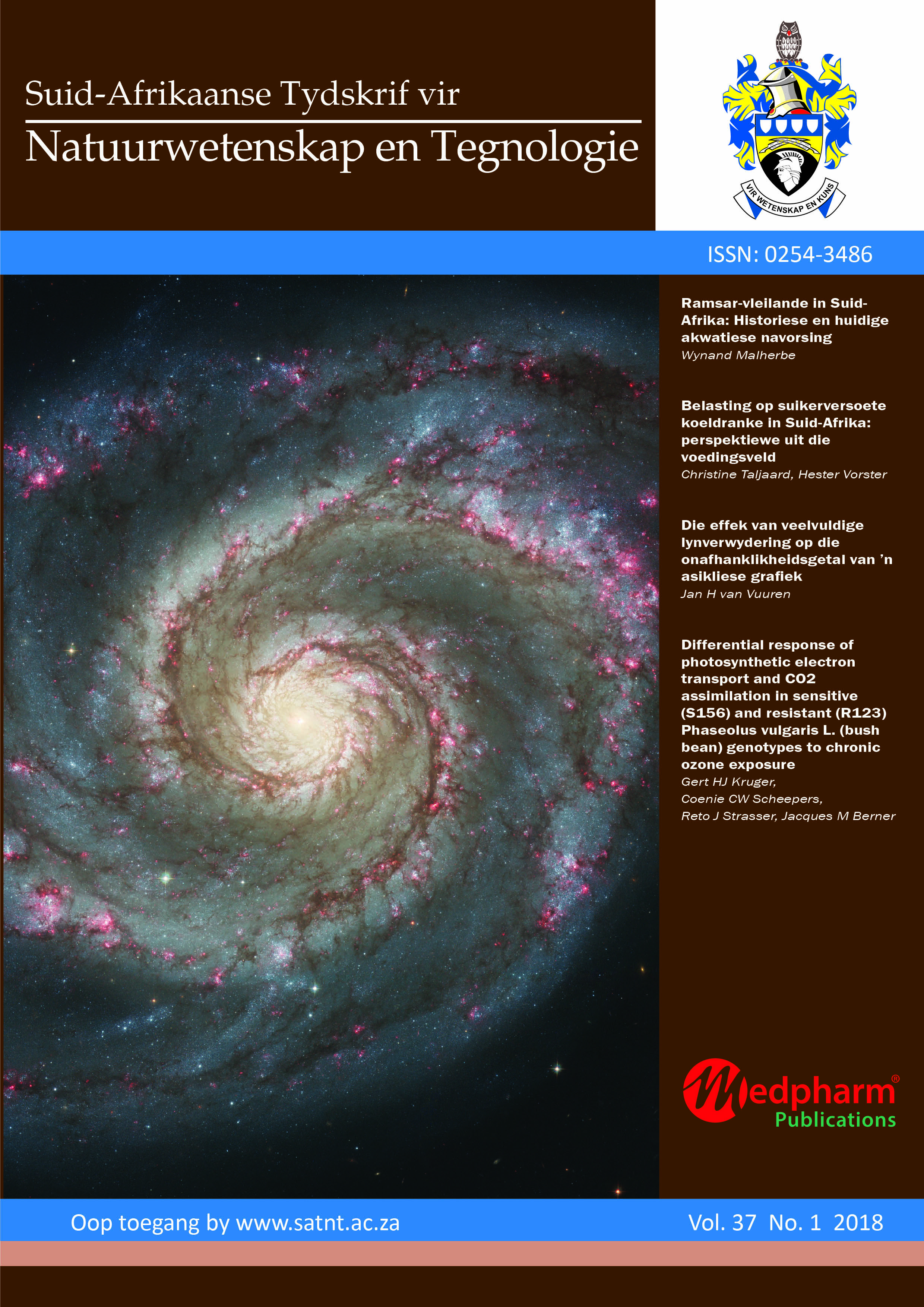Obliquumol, a novel antifungal and a potential scaffold lead compound, isolated from the leaves of <i>Ptaeroxylon obliquum</i> (sneezewood) for treatment of Candida albicans infections
Abstract
In a random screening of the anti-Candida activity of more than 500 tree species, the acetone leaf extract of Ptaeroxylon obliquum (Thunb.) Radlk. (Sneezewood) had very good antifungal activity against Candida albicans. We isolated the compounds responsible for the antifungal activity by bio-assay guided fractionation. The acetone leaf extract was separated into five fractions by solvent-solvent fractionation. The chloroform fraction was subjected to repeated open column silica gel chromatography. We isolated two antifungal entities and determined the structures by nuclear magnetic resonance spectroscopy. The first entity was a mixture of β-amyrin and lupeol found frequently in other plants that we could not separate. The second entity was a novel compound not isolated before 8,11-Dihydro-5-hydroxy-12-hydroxymethyl-2-methyl-4H-pyrano[2,3-g] [1]benzoxepin-4-one 12-O-acetate given the trivial name of obliquumol. Obliquumol had a higher activity against some Candida albicans isolates than amphotericin B, the positive control (MIC of 0.04-0.08 compared to 0.11mg/ml) and lower cellular cytotoxicity against mouse fibroblast cells than amphotericin B. The structure of obliquumol may represent a low toxicity new scaffold molecule for the development of antifungal compounds.


